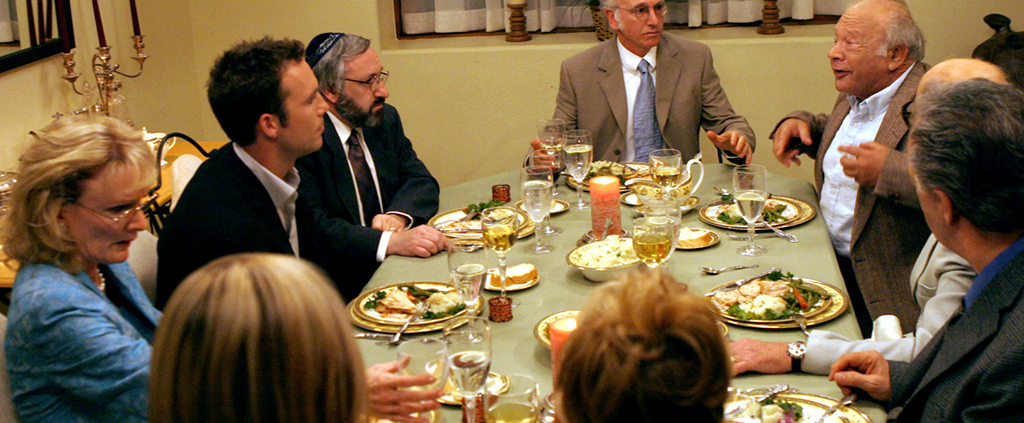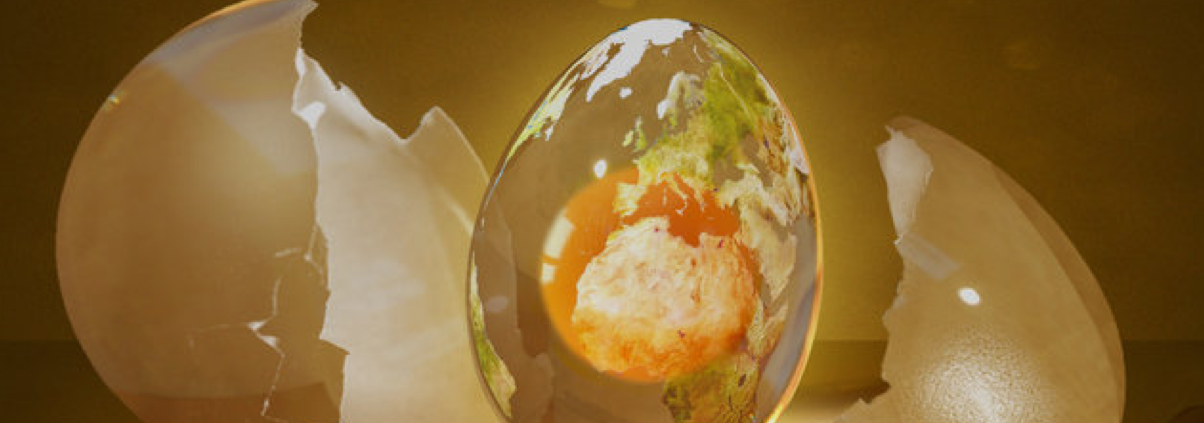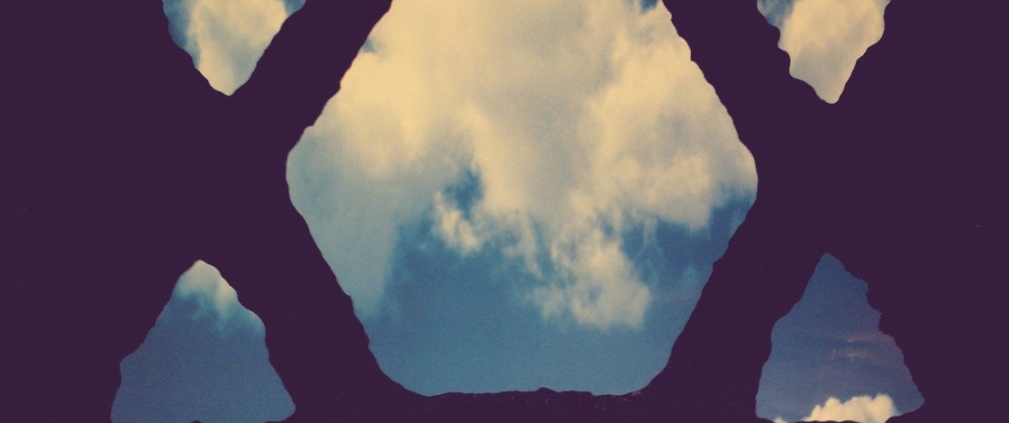For nearly 30 years I have practiced as a lawyer in the field of trusts and estates. I’ve referred to it as a practice in death, dying and disability. Not the comedy portion of the law. As a Rabbi, I’m called upon to officiate at funerals and unveilings. This past Shabbat I sat with a couple grieving over the loss of a prematurely born child.
I sit with people as we figure out together what purpose we can glean from our experience of loss. We do that while holding two competing challenging ideas about life and death. The first idea is that Jews cherish life. In Torah we are instructed to choose life. When we toast we say L’chaim. Sanhedrin teaches if you save one life it is as if you have saved the world. Life is a treasured gift. The second idea is that death is tragic. There’s no escaping the tragedy of life, which is that from the day we are born we are destined to die.
When we come to the yizkor part of the service we bring with us both cherishing life and abhorring death. Yet our mourning does not have to be a sense that death is failure. There is a kind of fix for this and it is based in remembering and the way we apply memory. We can employ our experience and knowledge of death in a pursuit of creating a better life because sometimes it takes death to remind us to cherish life.
Remembering is the counter balance to understanding death as failure. Remembering is our opportunity to glean value and to bring forward lessons learned.
I have the opportunity to remember someone like my maternal great grandmother, Anna, and her children. She was a widow in the Ukraine, whose husband had died and left her with six children. They left Novgorod Volinsk over a century ago to come to America. She sent the oldest to America first. And then Anna took her four younger children and set out for America too. Remember they didn’t book tickets on United Airlines; complain about security lines and luggage fees. They traveled by wagon to the train and from the train to the port to board ships, perhaps a cargo ship. Along the way, they got ill, and one even died. In bringing her children to America, my great grandmother Anna lost her youngest child when he fell out of the carriage in which they were riding. He was about 3 years old. His name was Bernard. I didn’t hear the story from Anna so I can’t explain how she had the fortitude to bury a child and continue on the journey to America. I can only assume that death was not unfamiliar to her, and that within her grief and suffering there was also some acceptance that death comes to each person, and to some far too soon.
I was reminded of that story recently. I’ll bet some of you are already predicting why. We woke up one morning during Labor Day weekend to see a deeply disturbing photo on the front page of the paper or in your news feed. The picture shows a small boy. He is wearing a red T-shirt and long shorts that stop below the knee. His shirt is hiked above his waist, exposing his midriff. He is wearing black sneakers with no socks. And he is dead; face down in the rocky surf.
There was a second photo; a policeman is carrying the boy away. The policeman is wearing latex gloves. The boy’s tiny feet dangle below the policeman’s waist; we see that one of the Velcro straps on his sneakers has come undone. The boy looks almost as if he is asleep in what might be his father’s arms, just the way 3 year olds can be limp and sleep almost anywhere when exhausted. And though we can’t know what the policeman is thinking as he carries a dead child from the ocean, one thing is clear: He is looking away. Turkish officials identified the Kurdish boy who washed up on the beach as 3-year-old Aylan Kurdi.
The memory of Aylan Kurdi was enough to shock the world into action. As Rabbi Sharon Brous recently reminded us we slept through years of the Syrian civil war with some 250000 dead and did not really react. Only upon seeing that picture that morning on the front of our newspapers and in our newsfeeds did we, as Jews, wake up. We woke up to remember that the world abandoned Jews to die 70 years ago and we have an obligation to do more. And how many other humanitarian crises have occurred since then – Cambodia, Uganda, Rwanda, Bosnia, the list is too long. With our memory engaged and awakened, Jewish aid organizations began raising money to help the refugees. The enormity of a civil war, especially one in a country that was pledged to the destruction of Israel, could not wake us from our slumber. But the sight of Aylan Kurdi woke us from our dreaming, because it triggered a memory.
Yizkor is here to reconnect us with the memories of people we loved but it should not be and it cannot be a perfunctory exercise in being sad about loss, or a sense of failure. It has to be a time for us to reconnect with those people whose existence helped to give life to us, to shape who we are, who taught us something by their very being. And then we have to do something with it.
Remembering is a catalyst. We remember Shabbat to sanctify it. זכור את השבת לקדשו We are told to remember Shabbat so that we take the time to rest and honor creation and freedom. We are commanded to remember the exodus from Egypt. How can we be the guardians and champions of freedom if we have forgotten our own slavery?
We are commanded to remember the golden calf built by the recently freed Israelites in the desert as they despaired Moses’ disappearance and chose to worship a tangible manifestation of the divine rather than have faith. We remember so that we focus not on possessions and material things but rather on the true faith that we can dedicate ourselves to higher purposes.
In the yizkor prayer we pledge to give tzedakah in the memory of the departed. I often bristled at this pledge in the middle of yizkor, as if the appeal for funds was tucked neatly into our time of grief. Remember your loved ones and support charity! But the word for charity in Hebrew is tzedakah, Justice. Justice is what we have to give to the world in the name of those we remember.
Death is the inevitable last stage of life. Can we dare to accept death and glean the lessons of lives lived. Memory creates presence. Memory keeps living the essence of what inhabited the body. Memory is context. Memory is what keeps us learning and creative. Memory keeps us searching for serenity and love.
Life is a lot more than a pre-mortality condition. But life is uncertain. And the art of living is learning to live with this uncertainty. It is about living, not just surviving. The value of living is to extend ourselves to others with tzedakah, in justice. With caring, compassion and charity. With thoughts, prayers, words and deeds. With our whole selves, with our life force, with our love. Death is not a failure. But a life lived selfishly is. A life lived without caring is a failure. A life successfully lived is taking the opportunity to activate memory into action.
Rabbi Evan J. Krame













 Evan J. Krame was ordained as a rabbi by the
Evan J. Krame was ordained as a rabbi by the